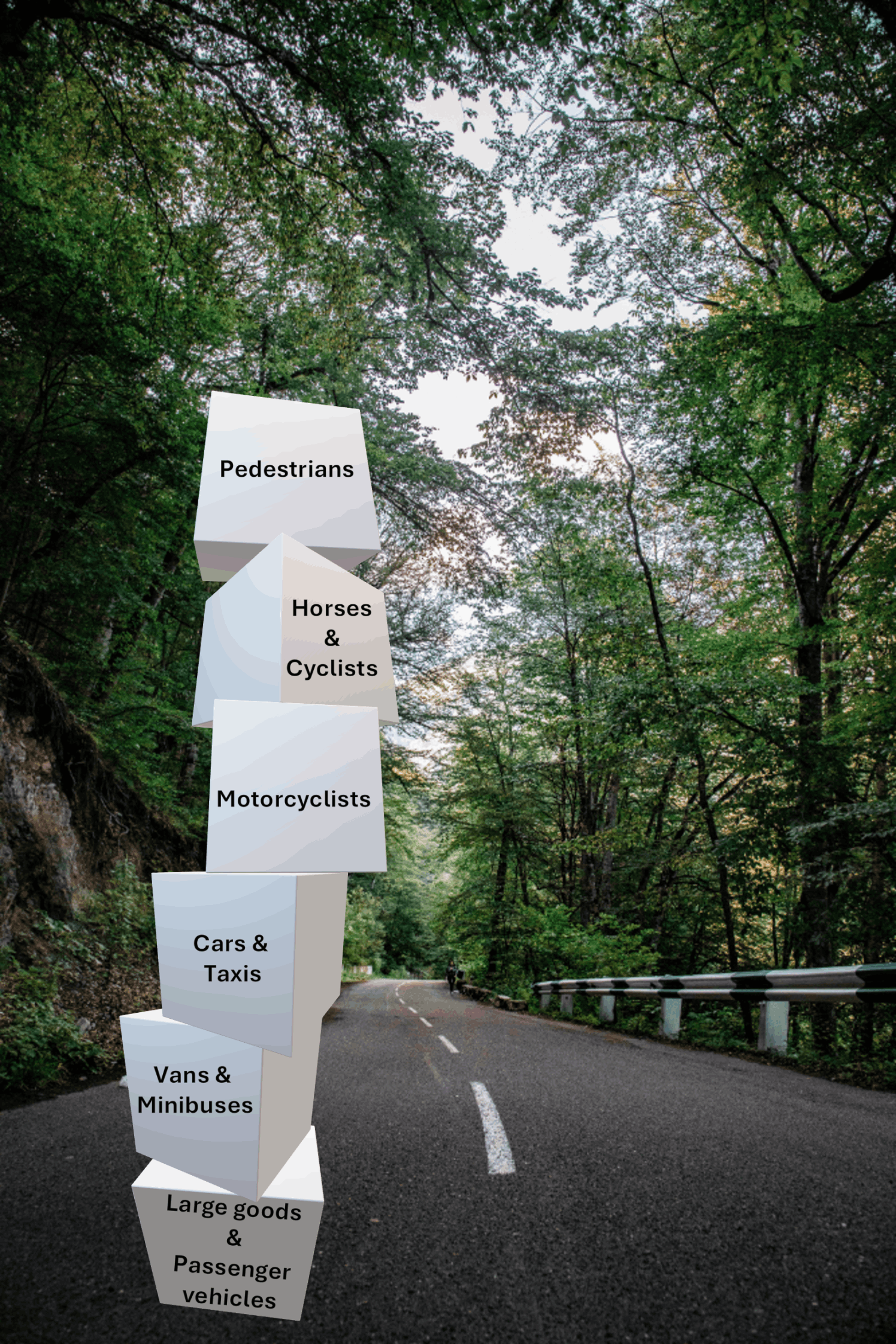

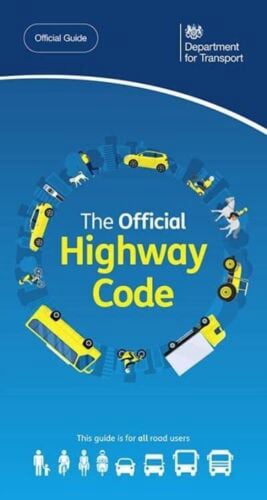
Although the Highway Code was updated on the 29th of January 2022,
there stills seems to be a lot of the public and even learners who have somehow passed their theory test recently, who are not fully aware about the rules regarding the most vulnerable.
The most vulnerable means those at greater risk of getting injured!
The ‘Hierarchy of road users’ is a concept that places those road users most at risk in the event of a collision at the top of the hierarchy. The hierarchy does not remove the need for everyone to behave responsibly. The road users most likely to be injured in the event of a collision are pedestrians, cyclists, horse riders and motorcyclists, with children, older adults and disabled people being more at risk. The following H rules clarify this concept.
Rule H1
It is important that ALL road users are aware of The Highway Code, are considerate to other road users and understand their responsibility for the safety of others.
Everyone suffers when road collisions occur, whether they are physically injured or not. But those in charge of vehicles that can cause the greatest harm in the event of a collision bear the greatest responsibility to take care and reduce the danger they pose to others. This principle applies most strongly to drivers of large goods and passenger vehicles, vans/minibuses, cars/taxis and motorcycles.
Cyclists, horse riders and drivers of horse drawn vehicles likewise have a responsibility to reduce danger to pedestrians.
None of this detracts from the responsibility of ALL road users, including pedestrians, cyclists and horse riders, to have regard for their own and other road users’ safety.
Always remember that the people you encounter may have impaired sight, hearing or mobility and that this may not be obvious.
Rule H2
Rule for drivers, motorcyclists, horse drawn vehicles, horse riders and cyclists
At a junction you should give way to pedestrians crossing or waiting to cross a road
into which or from which you are turning.
You MUST give way to pedestrians on a zebra crossing, and to pedestrians and cyclists on a parallel crossing (see Rule 195).
Pedestrians have priority when on a zebra crossing, on a parallel crossing or at light- controlled crossings when they have a green signal.
You should give way to pedestrians waiting to cross a zebra crossing, and to pedestrians and cyclists waiting to cross a parallel crossing.
Horse riders should also give way to pedestrians on a zebra crossing, and to pedestrians and cyclists on a parallel crossing.
Cyclists should give way to pedestrians on shared use cycle tracks and to horse riders on bridleways.
Only pedestrians may use the pavement. Pedestrians include wheelchair and mobility scooter users.
Pedestrians may use any part of the road and use cycle tracks as well as the pavement, unless there are signs prohibiting pedestrians.
Rule H2: Wait for the pedestrian to cross the junction before turning.
This applies if you are turning right or left into the junction.
Laws TSRGD Schedule 14 part 1 and part 5 & HA 1835 sect 72, R(S)A 1984, sect 129 & Countryside Act 1968 Sect 1 part 30
Rule H3 - Rule for drivers and motorcyclists
You should not cut across cyclists, horse riders or horse drawn vehicles going ahead when you are turning into or out of a junction or changing direction or lane, just as you would not turn across the path of another motor vehicle. This applies whether they are using a cycle lane, a cycle track, or riding ahead on the road and you should give way to them.
Do not turn at a junction if to do so would cause the cyclist, horse rider or horse drawn vehicle going straight ahead to stop or swerve.
You should stop and wait for a safe gap in the flow of cyclists if necessary. This includes when cyclists are:
approaching, passing or moving off from a junction
moving past or waiting alongside stationary or slow-moving traffic
travelling around a roundabout
Rule H3: Wait for the cyclist to pass the junction before turning.
This also applies if there is a cycle lane or cycle track and if you are turning right or left into the junction.
Wording in the Highway code has always had an air of ambiguity depending on how the reader perceives it.
Obviously the most vulnerable are ALWAYS going to be the most at risk, so all road users have a responsibility to keep them safe at all times.
These are just some of those misconceptions.

Incorrect!
To a certain point this is true, they are without a doubt the most vulnerable.
If a pedestrian is already in the road, 100% they have priority.
However, they also need to take responsibility for their actions.
Just walking straight out into the road without looking is just asking for trouble.

Incorrect!
If a pedestrian is already in the road, 100% they have priority.
However, they also need to take responsibility for their actions.
Just walking straight out into the road without looking is just asking for trouble.

Incorrect!
If a pedestrian is already in the road, 100% they have priority.
But depending on the circumstances, if the pedestrians are safe on the pavement and have not begun to cross the junction and it would be unsafe for a vehicle to stop, then it is possible for the vehicle to continue for safety reasons.
Obviously, consideration prior to arriving at any junction should have been made first by any driver.
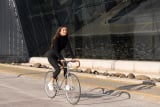
Incorrect!
There is updated guidance for people cycling about positioning themselves which includes:
Riding in the centre of their lane on quiet roads, in slower-moving traffic and at the approach to junctions or road narrowing’s.
keeping at least 0.5 metres (just over 1.5 feet) away from the kerb edge (and further where it is safer) when riding on busy roads with vehicles moving faster than them.

Incorrect!
The updated code explains that people cycling in groups:
Should be considerate of the needs of other road users when riding in groups.
Can ride 2 abreast - and it can be safer to do so, particularly in larger groups or when accompanying children or less experienced riders
People cycling are asked to be aware of people driving behind them and allow them to overtake (for example, by moving into single file or stopping) when it’s safe to do so.

Incorrect!
The updated code explains that people cycling should:
Take care when passing parked vehicles, leaving enough room
(a door’s width or 1 metre) to avoid being hit if a car door is opened.
Watch out for people walking into their path
A JUNCTION IS:-
Anywhere that a Give way line or stop line is present.
This should include.
T-Junctions.
Y-Junctions.
Crossroads.
Junctions on a bend.
Roundabouts.
And obviously
Pedestrian crossings and zebra crossings.
At this point it is worth mentioning it is highly unlikely a vehicle will stop when exiting a roundabout, due to the nature of a possible restricted vision for vehicles travelling from behind, and the danger of possible rear end shunts.
This not only will cause an accident on the roundabout but could also cause the vehicle being hit into being pushed into the path of pedestrians who may now have begun to cross.
There should be no reason, if planned correctly, why a vehicle shouldn’t stop on the approach to a roundabout, if they do what they are meant to do, and that is be aware of pedestrians on the approach to it.
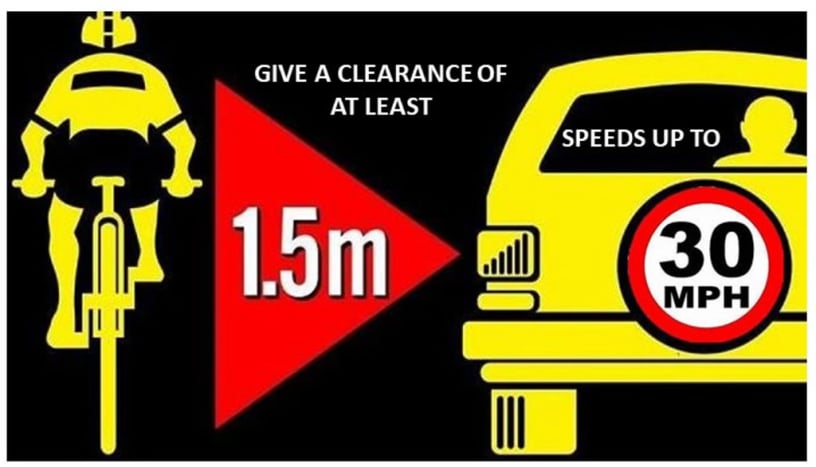
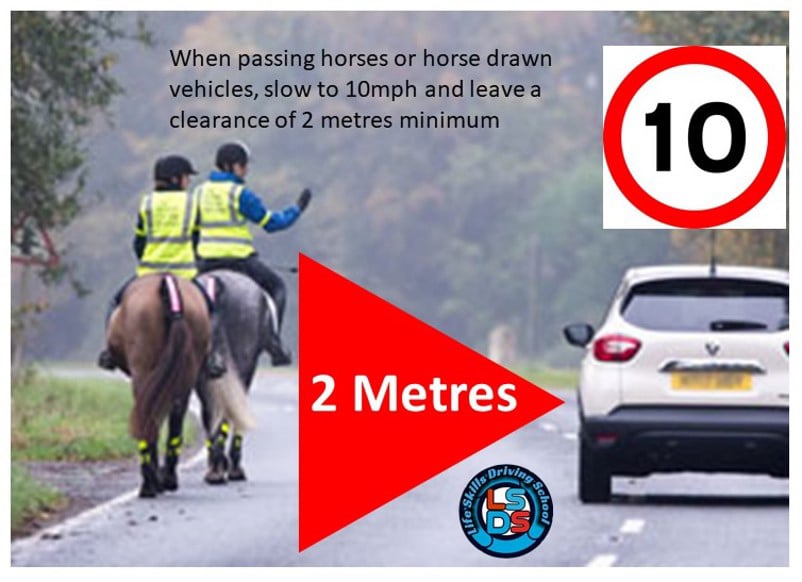
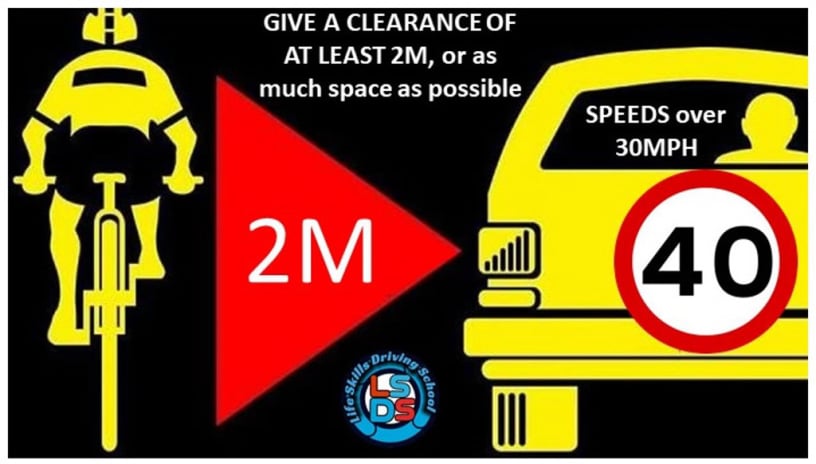
WHEN NAVIGATING A ROUNDABOUT.
A vehicle or motorcycle should give priority to people cycling on a roundabout.
Not attempt to overtake people cycling within that person’s lane.
Allow people cycling to move across their path as they travel around the roundabout.
These rules are just some of the rule changes that took place nearly 3 years ago.
They are also the main ones that still have drivers scratching their heads, because they haven’t kept up to date with the rule changes, and don’t understand what other drivers are now doing.
Keep yourself and everyone else safe by keeping up to date.
WHEN WAS THE LAST TIME YOU LOOKED AT A
HIGHWAY CODE BOOK?